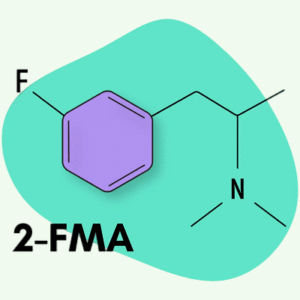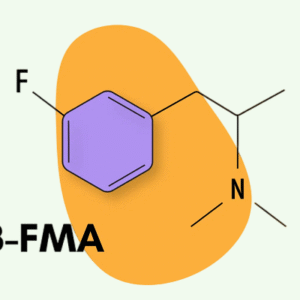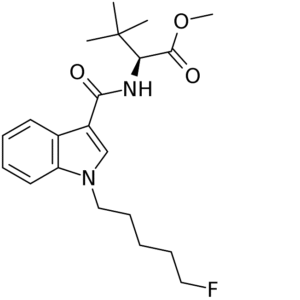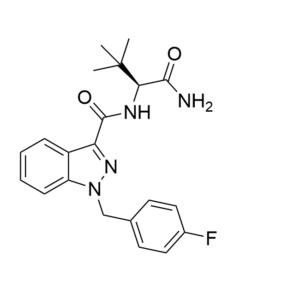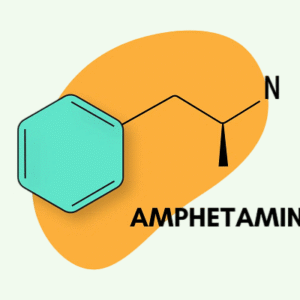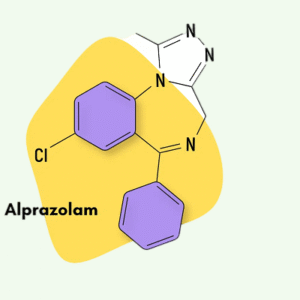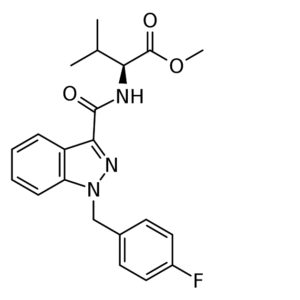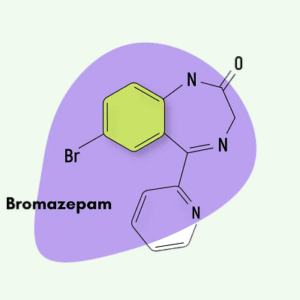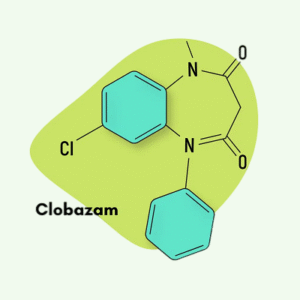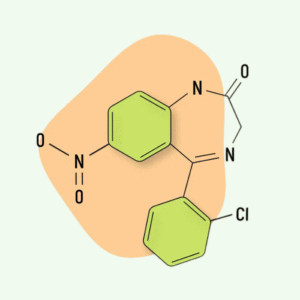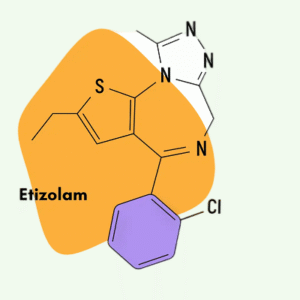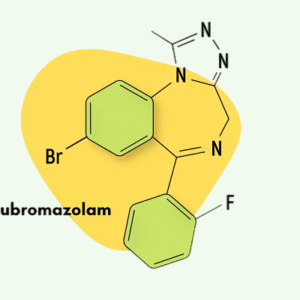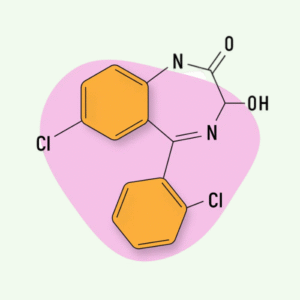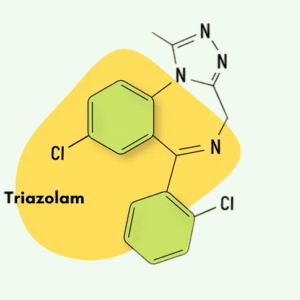Depressant/Stimulants
Benzodiazepines/Cannabinoids/Amphetamines
Depressants and stimulants represent two of the most widely studied categories of psychoactive substances, each exerting distinct effects on the central nervous system. Depressants, often referred to as “downers,” work by slowing down brain activity, leading to relaxation, reduced anxiety, and sedation. Common examples include benzodiazepines, barbiturates, and alcohol. These substances are frequently prescribed for conditions such as anxiety disorders, insomnia, and seizure control, but they also carry risks of dependence and overdose when misused.
Stimulants, in contrast, are sometimes called “uppers” because they accelerate brain activity, heightening alertness, energy, and focus. Familiar stimulants include caffeine, amphetamines, and cocaine. Clinically, stimulants are used in the treatment of attention deficit hyperactivity disorder (ADHD) and certain sleep disorders like narcolepsy. While they can improve performance and wakefulness, stimulants may also lead to elevated heart rate, anxiety, and, with abuse, serious cardiovascular risks.
Understanding the balance between depressants and stimulants is crucial for both medical use and harm reduction. Both drug classes highlight the intricate ways chemicals interact with the nervous system—either by calming or energizing it. Their contrasting effects underscore the importance of responsible use, clinical oversight, and ongoing research into their therapeutic potential and risks.
Benzodiazepines for Alcohol Withdrawal
Benzodiazepines for alcohol withdrawal are widely studied for their ability to alleviate the symptoms associated with acute and chronic alcohol detoxification. These compounds act on the central nervous system by enhancing the effect of the neurotransmitter GABA, producing a calming effect that reduces agitation, anxiety, and the risk of seizures. Researchers explore benzodiazepines in this context to understand optimal dosing, safety profiles, and effectiveness in managing withdrawal syndromes. Laboratory and clinical studies provide insights into the mechanisms that make benzodiazepines suitable for managing alcohol-related neurological stress while minimizing adverse reactions.
Benzodiazepines for Sleep
Benzodiazepines for sleep are commonly researched for their sedative and hypnotic properties, which help regulate sleep onset and duration. By enhancing GABAergic activity in the brain, these compounds reduce neural excitability, promoting relaxation and improved sleep quality. Scientists study benzodiazepines for sleep to evaluate efficacy, tolerance, and potential dependence, while also comparing them with alternative hypnotic agents. Research emphasizes safe administration, proper timing, and dose optimization to achieve effective sleep modulation without compromising long-term neurological health. Investigating these compounds provides critical insights into sleep physiology, circadian rhythms, and potential interactions with other medications used in psychiatric treatment.
Use of Benzodiazepines for Seizures
Benzodiazepines for seizures are essential in both research and clinical settings for their anticonvulsant properties. Compounds in this category enhance inhibitory neurotransmission, stabilizing neuronal activity and reducing the likelihood of seizure events. Research focuses on understanding the pharmacokinetics and pharmacodynamics of different benzodiazepines to identify the most effective agents for various seizure types, including generalized, focal, and status epilepticus. By studying benzodiazepines for seizures, scientists can determine optimal dosing strategies, investigate potential side effects, and explore their role in combination therapy with other anticonvulsant drugs. These studies contribute to safer and more effective management of neurological disorders.
Benzodiazepines for Anxiety and Depression
The primary action of benzodiazepines for anxiety and depression involves modulation of GABA-A receptors, leading to increased inhibitory signaling in the central nervous system. This action reduces excessive neural activity that underlies anxiety symptoms, promotes a sense of calm, and may complement antidepressant therapy. Laboratory research and clinical trials help map the relationship between benzodiazepine receptor binding, neurotransmitter dynamics, and observed therapeutic outcomes. Studies also examine long-term implications, including tolerance, dependence, and strategies to minimize adverse effects while maintaining efficacy.
Benzodiazepines for Alcohol Withdrawal
In-depth studies of benzodiazepines for alcohol withdrawal focus on understanding their role in mitigating withdrawal-related hyperexcitability and preventing severe complications. Researchers evaluate the relative effectiveness of different benzodiazepines, analyze dosing regimens, and examine patient-specific factors that influence therapeutic outcomes. Preclinical models help elucidate the neurochemical pathways involved, providing insights into how these compounds can protect neurons from excitotoxic damage during withdrawal periods.
Understanding Synthetic Cannabinoids vs Natural
Synthetic cannabinoids vs natural compounds represent two distinct categories of cannabinoids with unique chemical structures, pharmacological effects, and research applications. Natural cannabinoids, derived from the Cannabis plant, interact primarily with the endocannabinoid system in predictable ways, whereas synthetic cannabinoids are lab-created molecules designed to mimic or enhance these effects. Researchers study these synthetic compounds to understand receptor binding, potency, and potential therapeutic or adverse outcomes. Comparing synthetic cannabinoids to natural counterparts allows scientists to explore differences in efficacy, metabolism, and safety profiles, providing valuable insights for pharmacology and toxicology studies.
Research Applications of Synthetic Cannabinoids Legal
The study of synthetic cannabinoids legal focuses on exploring their pharmacological activity, legal status, and potential applications in medical or experimental settings. Legal synthetic cannabinoids offer researchers the ability to examine cannabinoid receptor interactions without violating regulatory restrictions. These compounds are particularly valuable for studying pain modulation, neuroinflammation, appetite regulation, and neurological disorders. By maintaining compliance with legal standards, laboratories can safely investigate the chemical, behavioral, and physiological effects of synthetic cannabinoids while ensuring reproducibility and reliability in their experiments.
Pharmacological Differences: Synthetic Cannabinoids vs Natural
Synthetic cannabinoids vs natural compounds differ in potency, receptor specificity, and metabolic pathways. Many synthetic cannabinoids are full agonists at CB1 and CB2 receptors, resulting in stronger effects compared to naturally occurring tetrahydrocannabinol (THC), which is a partial agonist. These differences make synthetic cannabinoids powerful tools for research but also require careful handling due to increased risk of adverse effects. Studying these pharmacological distinctions helps scientists understand the relationship between molecular structure and biological activity, providing critical data for drug development, safety assessment, and regulatory compliance.
Amphetamine and Dextroamphetamine
The term amphetamine salts combo generally refers to a mixture of amphetamine and dextroamphetamine formulated in specific ratios. This combination has been extensively studied for its stimulating properties and effects on neurotransmitter systems, particularly dopamine and norepinephrine. Researchers value the amphetamine salts combo for its ability to provide a balanced stimulant effect that demonstrates both central nervous system activation and improved neurotransmitter regulation. In scientific studies, the combination highlights how subtle changes in molecular structure and proportion can influence efficacy, duration of action, and overall impact on the body. Investigating the pharmacokinetics of these salts helps researchers gain insights into how amphetamine compounds interact with the brain and why such formulations can vary in potency and therapeutic profile.
Research Applications of Amphetamine Salts Combo
Scientific interest in the amphetamine salts combo extends across pharmacology, psychiatry, and neuroscience. Research has explored its effects on attention, alertness, cognitive performance, and mood regulation. By studying this formulation, scientists can better understand stimulant action, tolerance development, and individual variability in response. Moreover, the combination provides a valuable model for evaluating potential risks, benefits, and long-term implications of stimulant use in both controlled and experimental environments. Laboratories working with these compounds focus on purity, reproducibility, and accurate dosing to ensure consistent results that support credible findings.
Exploring Amphetamine Sulfate
Another compound of interest in this field is amphetamine sulfate, a crystalline salt form of amphetamine. Known for its stimulant properties, amphetamine sulfate has long been studied for its ability to increase neurotransmitter release and stimulate central nervous system activity. Researchers often examine the compound’s impact on dopamine and norepinephrine pathways to better understand its role in energy regulation, focus, and mood elevation. The sulfate form is notable for its stability and suitability in laboratory experiments, allowing consistent handling and reproducible results. Its established presence in scientific literature provides researchers with a reliable foundation for exploring new dimensions of amphetamine-based compounds.
Access High-Quality Research Compounds
From exploring benzodiazepines for alcohol withdrawal and benzodiazepines for sleep to examining benzodiazepines for seizures, these compounds are central to advancing pharmacological, neurological, and psychiatric research. Reliable access to high-quality benzodiazepine research materials ensures reproducible results, accurate dosing, and safe handling in laboratory and clinical studies.
Browse our curated selection of benzodiazepines today and support your next research project with premium, laboratory-grade compounds for anxiety, depression, and beyond.
Showing all 15 results
-
Depressant/Stimulants
5F-MDMB-PICA
Price range: 389.00$ through 1,625.00$Clear84 g or 84 mL448 g or 448 mL (incl. free delivery) -
Depressant/Stimulants
ADB-FUBINACA
Price range: 489.00$ through 2,160.00$Clear84 g or 84 mL448 g or 448 mL (incl. free delivery) -
Depressant/Stimulants
AMB-FUBINACA
Price range: 389.00$ through 1,625.00$Clear84 g or 84 mL448 g or 448 mL (incl. free delivery)
